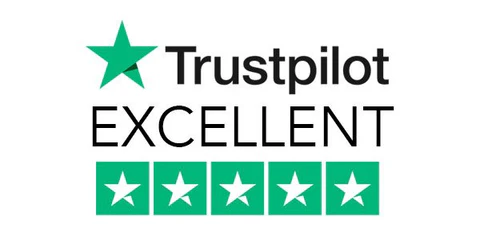Through my articles on Incogni, I have presented a wide range of potential concerns related to the non-respect of your privacy, GDPR rights, or even data enrichment. But that’s not the only problem (that would be too simple). For some time now, we have been able to add to the list facial recognition, which is becoming increasingly prevalent.
Even 10 or 15 years ago, many viewed facial recognition technology as highly invasive. Some even avoided having their photo taken at fairs or conferences. Today, many people unlock their smartphones via face scans, record themselves, share numerous photos for avatar tools or filters on apps, take 42 selfies a week, and more. In short, it has become rather common.

And I’m not even talking about facial recognition being conducted without your consent and at your expense: public surveillance cameras, images collected during demonstrations, employer surveillance, access to various sports competitions, and so on. Most European countries have authorized installing and using facial recognition-based surveillance cameras in public spaces (although France has banned this use in schools).
As with any technology, there are both positive and negative aspects. With the addition of AI to facial recognition, for example, detecting subtle traits that can help determine different genetic disorders is possible. It also enables precise identification of individuals with little room for error (e.g., for passports, banking purposes, etc.). However, it is important to acknowledge that numerous other, more limited applications exist for every honorable use. All major web companies are involved in this field, from Facebook (with Deepface) and Google (FaceNet) to Microsoft (Face) and Amazon (Rekognition).
The primary concern is, of course, respect for private and individual life. Who can guarantee that your facial data will not be used for purposes other than intended? Even if the company in question has no ill intentions, it is not immune to hacking or data leaks. The risks become significantly different when a group of malicious individuals gains access to your face compared to a “simple” password. Creating a “human profile” using your image opens the door to many abuses. Once again, AI plays a role in making everything even more convincing.
You and I have witnessed the evolution of technologies like Midjourney, for example. A few months ago, making eyes or hands look consistent was challenging, but now it has been resolved. In a few months or years, we will face similar challenges with video and audio, making it increasingly difficult to distinguish between real humans and artificially created ones. This is especially true if these creations are based on actual existing materials, such as your photos, videos, and voice. The chaos that awaits us.

Then, there are the usual risks associated with outdated but recovered data. When your email address is compromised and exposed in databases, you can simply change it (or empty it through the Incogni service). However, your face is not as easily changeable once it is leaked. While the number of breached accounts may be declining (300 million in 2022).
In addition, your biometric data is also collected by data brokers. These brokers are delighted to gather as much information about us as possible. They will go to any lengths to expand their databases, as they never know who might buy them.
These biometric data were not a significant concern until a few years ago, resulting in a certain legal ambiguity regarding sanctions and the collection of such information. It is important to understand that this industry was estimated to be worth $5 billion in 2021 and is projected to reach $13 billion by 2028. There is a lot of money at stake! Fortunately, Europe they are fortunate to have the GDPR, which provides some regulation, although enforcement remains a challenge.
Incogni offers a solution by allowing you to remove as much information as possible from the databases of the data brokers they monitor. The less information there is about you online, the more difficult it becomes to connect the dots and create an accurate profile. For a few euros per month, you can provide the service with the information you want to have withdrawn, such as your email and/or physical address, real name, job, and circles of your contacts. This already encompasses a significant part of your digital identity, which can now disappear.
It’s worth noting that the list of brokers monitored by Incogni is constantly expanding. Starting with a significant number, it has surpassed 180 brokers and continues growing.
Did you like this article? Do not hesitate to share it on social networks and subscribe to Tech To Geek on Google News to not miss any articles!"Because of the Google update, I, like many other blogs, lost a lot of traffic."
Join the Newsletter
Please, subscribe to get our latest content by email.

